
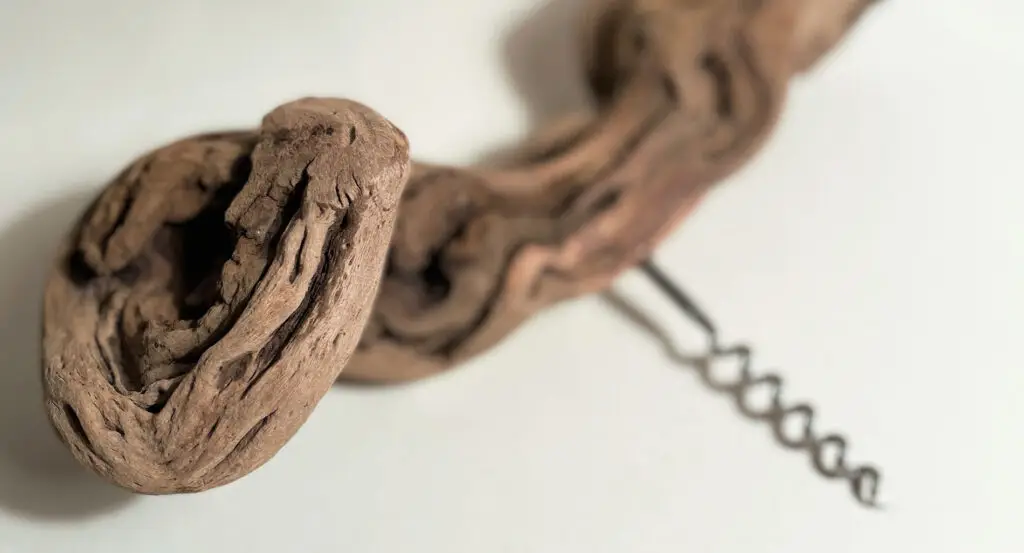
Discover the authenticity and excellence of the Atelier Vieille Branche vine corkscrew, located in Aigrefeuille-sur-Maine, in the heart of the Nantes vineyards in Pays de la Loire.
Specialists in the artisanal manufacture of vine decoration, we are proud to present our exclusive collection of sommelier corkscrews, a must-have for wine lovers and professionals in the sector. Ideal for wine lovers and professionals: our corkscrews combine aesthetics and functionality, meeting the needs of sommeliers, wine merchants and wine lovers.
Located in Pays de la Loire, Atelier Vieille Branche also caters to wine lovers in the major French wine cities. Whether you are from Bordeaux, Lyon, Burgundy, Champagne, or elsewhere, our vine corkscrews will bring a touch of elegance and authenticity to your wine experience.
Visit our showroom in Aigrefeuille-sur-Maine or explore our collection of corkscrews online. Treat yourself or your loved ones to a pure product of the French wine tradition, combining natural beauty and artisanal excellence.
Our corkscrews are available in different sizes: from 15 cm to over 30 cm to fit all hand sizes. These traditional sommelier corkscrews, made of vine wood, are not only practical tools, but also collector's items and perfect gifts for wine lovers.
Click on the photo!
Our vine corkscrews are the result of artisanal, local and environmentally friendly manufacturing. Each piece is unique, handcrafted from vine stocks meticulously selected for their quality and beauty. The stocks are treated with the greatest care: sandblasted to reveal the texture of the wood and steamed to guarantee their longevity.
In our Vieille Branche workshop, eco-responsibility and compliance with CSR standards are at the heart of our approach. By choosing a vine corkscrew, you support sustainable and responsible production, promoting local resources and minimizing environmental impact.
The history of the traditional wooden corkscrew dates back centuries, when wine began to be produced in significant quantities in Europe, particularly in France. At that time, the corks used to seal bottles were often made of wood or cork.
The first corkscrews were simple and rudimentary, often made from locally available materials such as wood or metal. They were usually in the form of screws or rudimentary lever corkscrews.
Over time, corkscrews evolved to become more sophisticated. In particular, wooden corkscrews gained popularity due to their simplicity and effectiveness. These corkscrews typically consisted of a wooden handle attached to a metal rod with a screw at one end.
Its use became common practice in taverns and homes across Europe. Wine makers also became familiar with these tools and often included wooden corkscrews with their wine bottles.
They continued to be used for centuries, spanning the ages and technological developments. Even with the advent of more modern and sophisticated corkscrews, many wine lovers still prefer to use wooden corkscrews for their traditional aesthetic, ease of use, and connection to the history of wine.
Today, although wooden corkscrews are not as common as they once were, they remain a symbol of traditional craftsmanship and are often prized by collectors and wine enthusiasts for their nostalgic value and timeless appeal.
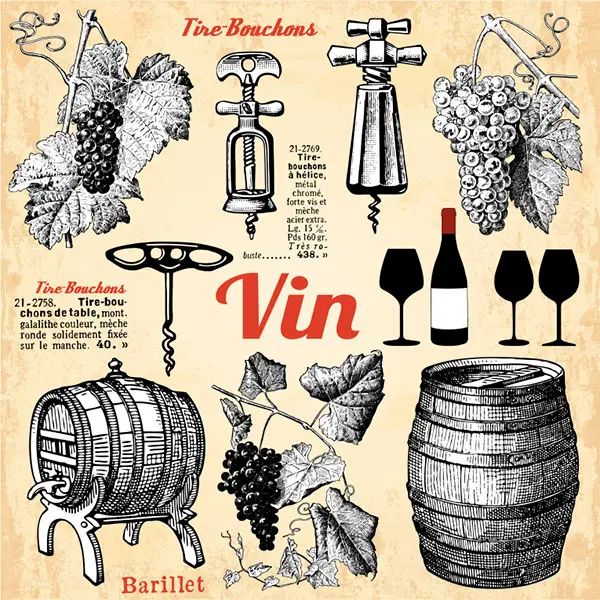
Making a corkscrew from a vine stock is a process that combines craftsmanship and respect for the raw material. Here are the general steps to making a corkscrew from a vine stock:
Collecting the vine stocks
First, you need to choose and collect the vines directly from the vineyards. They usually come from abandoned vineyards. Choose them thick enough to be able to transform them into a corkscrew.
Photo of a vine stock in winter
Drying the wood
Once the vine stocks are collected, they must be dried to remove moisture. Drying can take several weeks or months, depending on the environmental conditions and the size of the vines.
Preparing the wood
Once dry, they are ready to be worked. They are often stripped of their bark to reveal the hardwood underneath. Then, the wood is cut and shaped to create the shape of the corkscrew. This step can be done by hand or with specialized tools, such as saws and knives.
Creating the screw
The part of the process is to create the corkscrew screw. This usually requires the use of specialized machines or wood lathes to precisely carve the spiral that will remove the cork from the bottle. The easiest way is to buy the screws directly from a supplier.
Finishing
Once the general shape of the corkscrew is done, it is time to add the finishing touches. This can include sanding, sanding to smooth the surfaces, applying varnish or wax to protect the wood and give it a beautiful appearance. The particularity with us is to leave the wood raw to highlight its nobility.
Assembly
Fixing the screw remains the most delicate step because it must guarantee resistance and a certain longevity.
Photo of a drill press and or bit attachment
Quality Control
Before it is ready for sale or use, the vine corkscrew must go through a quality control process to ensure that it is functional, safe and aesthetically pleasing.
Photo of uncorking
Once all these steps are completed, it is ready to be used to open your favorite bottles of wine, adding a touch of authenticity and rustic charm to the tasting experience.
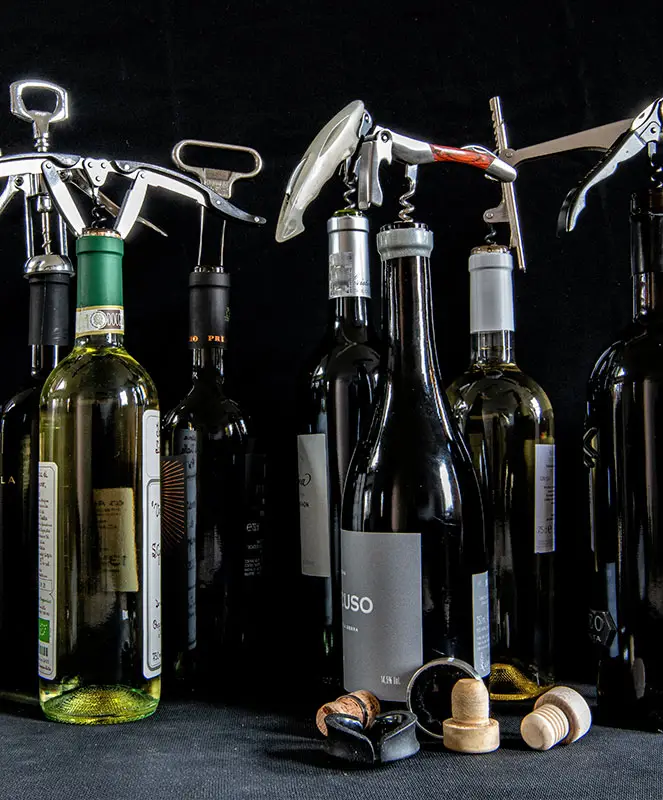
There are several advantages to using a wooden sommelier corkscrew over a mechanical corkscrew:
Versatility
The sommelier corkscrew is often considered more versatile because it can be used to open a wide variety of wine bottles, including those with natural or synthetic corks, as well as older or fragile corks.
Compact size
It is generally more compact, making it easy to carry and use on a daily basis. It is often integrated with a pocket knife and may include other useful tools for wine lovers, such as a bottle opener.
Increased control
Sommeliers and wine merchants often prefer the double-lever corkscrew for its increased control when opening bottles. This type of corkscrew allows for gradual, precise removal of the cork, which is especially important for older wines where gentle handling is crucial to avoid debris in the wine or tearing the cork.
Aesthetics and Tradition
Using a sommelier corkscrew can add a touch of elegance and tradition to the wine tasting experience, especially when wielded by an experienced sommelier.
Perceived Expertise
Its use can also help to reinforce the image and competence of a wine lover, as it often implies a certain skill and knowledge of traditional wine serving practices.
However, it should be noted that the choice between a sommelier corkscrew and a mechanical corkscrew will often depend on the user's personal preferences, as well as the specific context of use. Some may prefer the simplicity and ease of use of a mechanical one, while others will appreciate the tradition and increased control offered by the so-called "sommelier" one.
The sommelier profession is ideal for those who have a passion for wine and gastronomy, a strong sense of customer service and a constant desire to learn and discover.
A sommelier is an expert in wine and other alcoholic beverages, whose main mission is to advise and serve customers in restaurants, hotels or specialty bars. He plays a key role in creating a memorable gastronomic experience.
1 - Wine Selection and Management:
Select and purchase wines to stock the restaurant's cellar.
Build partnerships with winemakers and distributors.
Manage the wine cellar inventory.
2 - Customer Service and Consulting:
Advise customers on the choice of wines based on their tastes and the dishes ordered.
Serve wines in a professional manner, including presentation, the technique for uncorking a bottle with a sommelier corkscrew, decanting and tasting.
3 - Wine List Creation:
Develop a varied and balanced wine list, including local and international wines.
Adapt the wine list to the seasons and the restaurant's menus.
4 - Education and Training:
Train the wait staff on wines, service techniques and tasting.
Organize tastings and wine events for customers and staff.
5 - Research and development:
Keep informed about trends and new developments in the world of wine.
Participate in tastings, trade fairs and trips to wine regions.

Types of establishments: gourmet restaurants, luxury hotels, wine bars, wine shops, cruise lines, etc.
Hours: Hours may be irregular and include evenings, weekends and holidays.
I was going to write to you to tell you that these 2 vine stocks are incredibly beautiful. I live in a wine region too but I have rarely seen vine stocks with such an imposing base, magnificent, I am very happy.

I received the package
I am delighted, it is a very beautiful object that I am sure will have its effect!
Thank you

I just received the package. The vine stock is beautiful and I like it a lot. Thank you very much again.
Package received, very nice lamp, thank you very much!
Voilà, la branche est arrivée ce matin.... quelle merveille! Encore plus belle de ce qu'on avait imaginé !
Oui, je vous enverrai des photos... sans faute. Mais il faudra juste avoir un peu de patience... mon compagnon prends toujours un peu de temps pour faire les choses 😁
Merci beaucoup
This is great news, to see your creations in real life with the material has really comforted me in the investment I am making.
These are great creations.
Thank you and have a nice day.
I fell under the charm of the authenticity that emanates from the Vieille Branche vine stock. Being a unique piece, placed on my sideboard, it brings an original and warm cachet to my living room.

I received the vine stock in perfect condition. Thank you very much for your help.
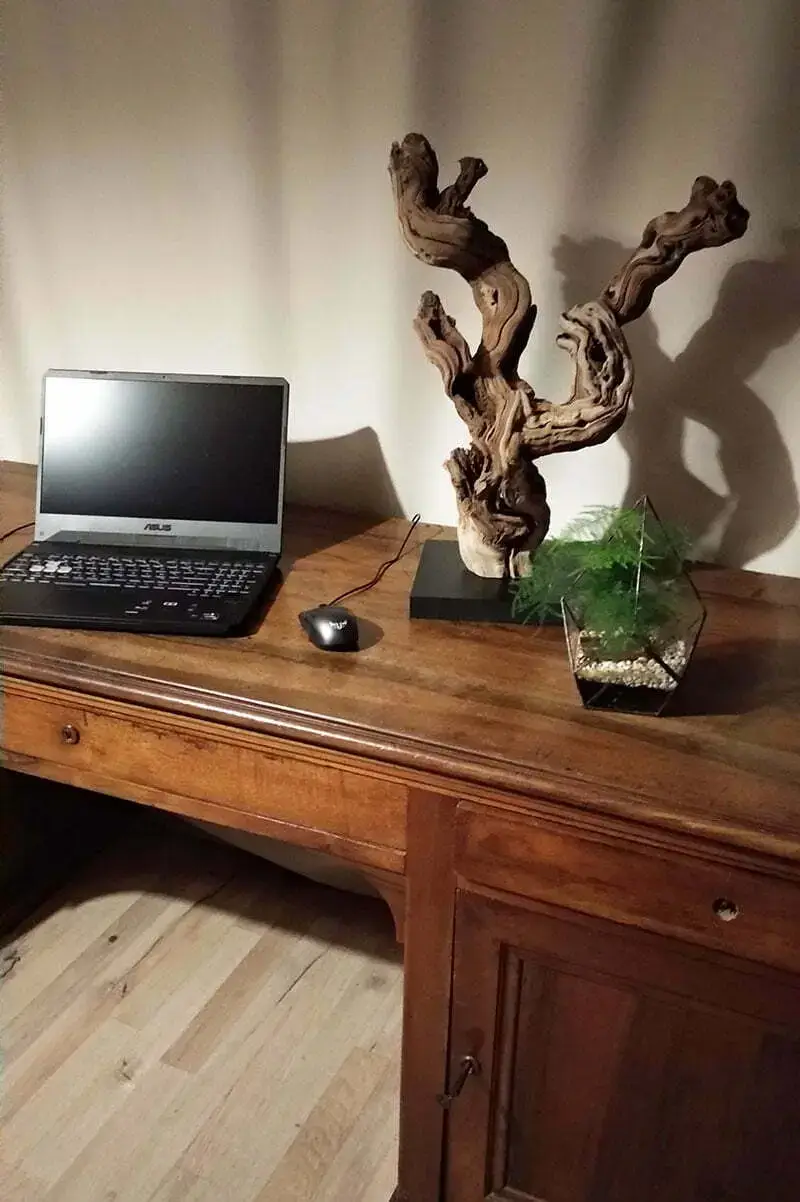
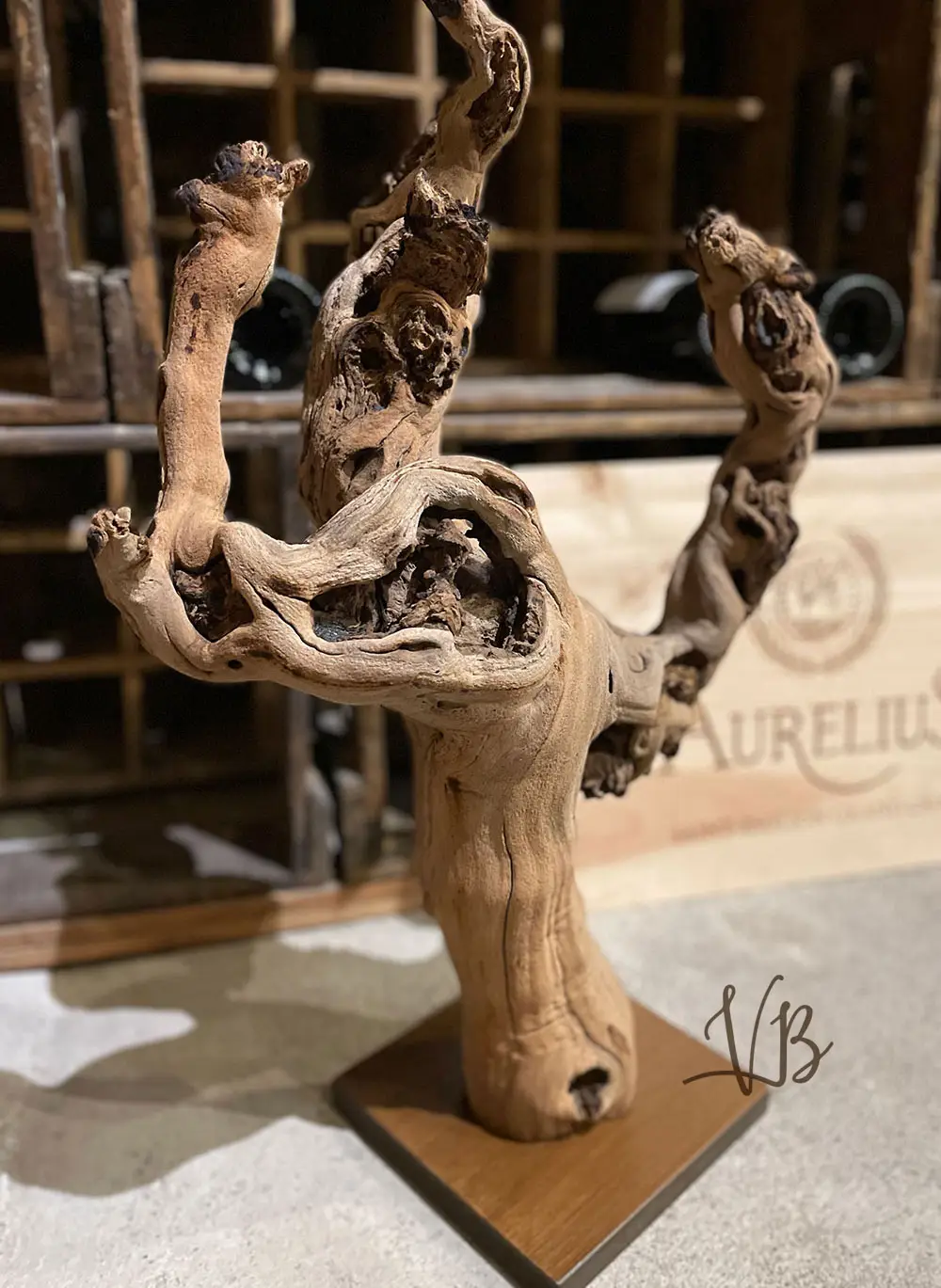


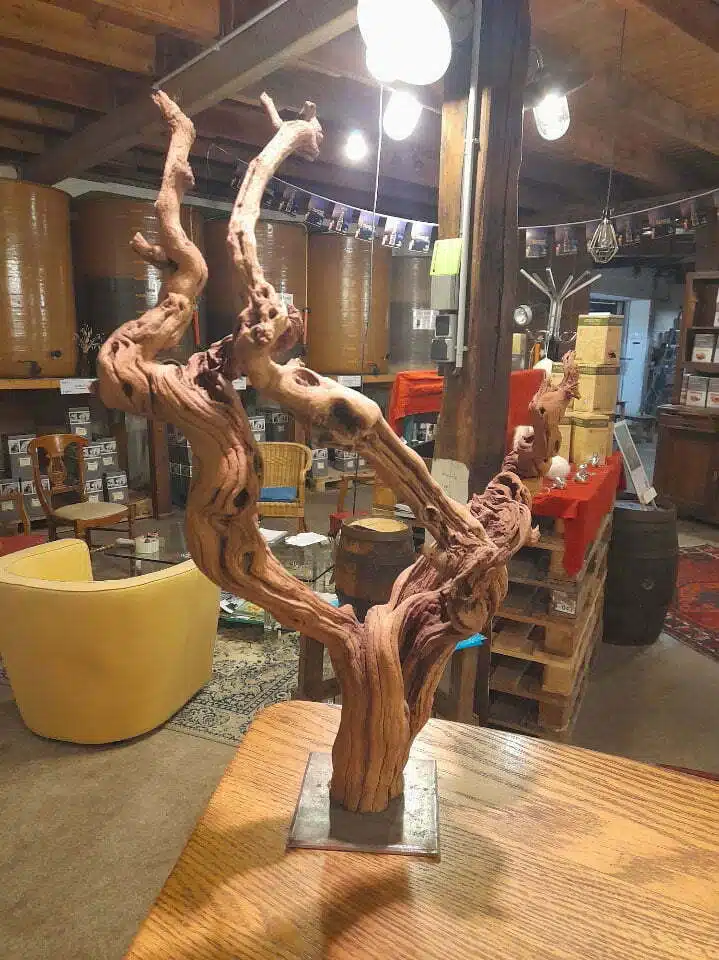
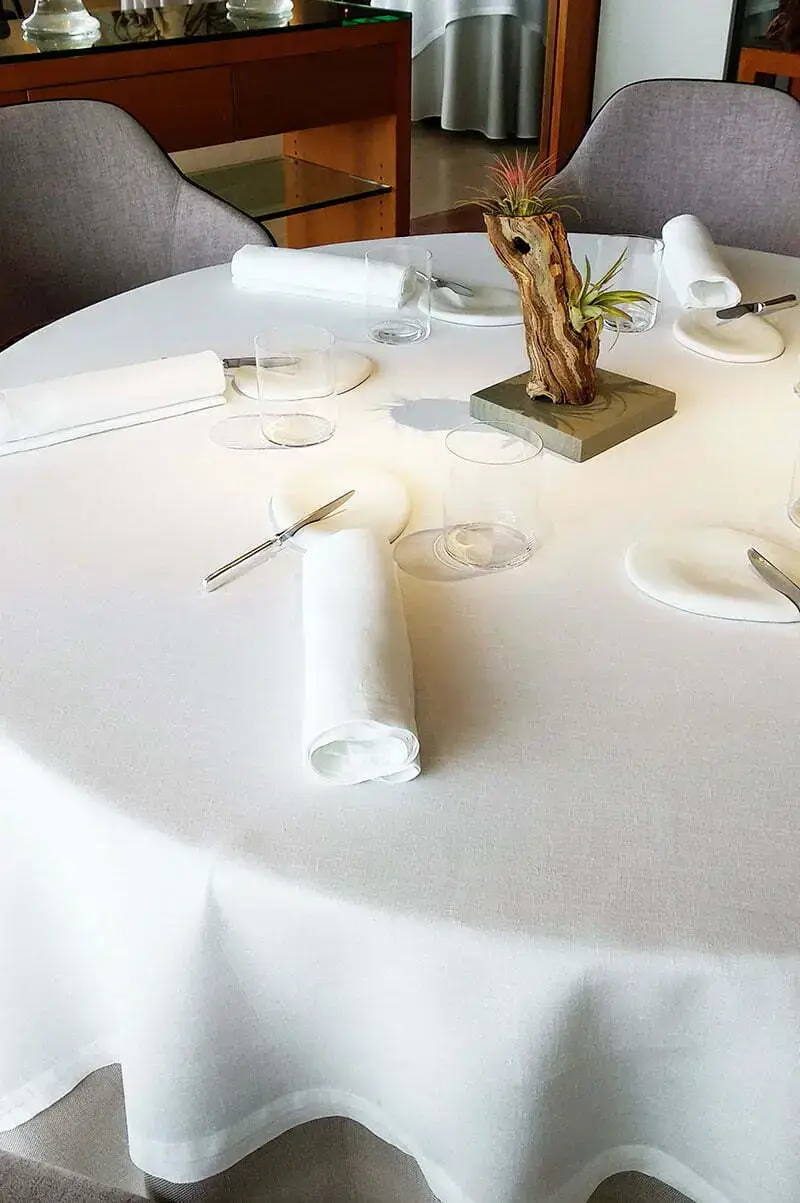


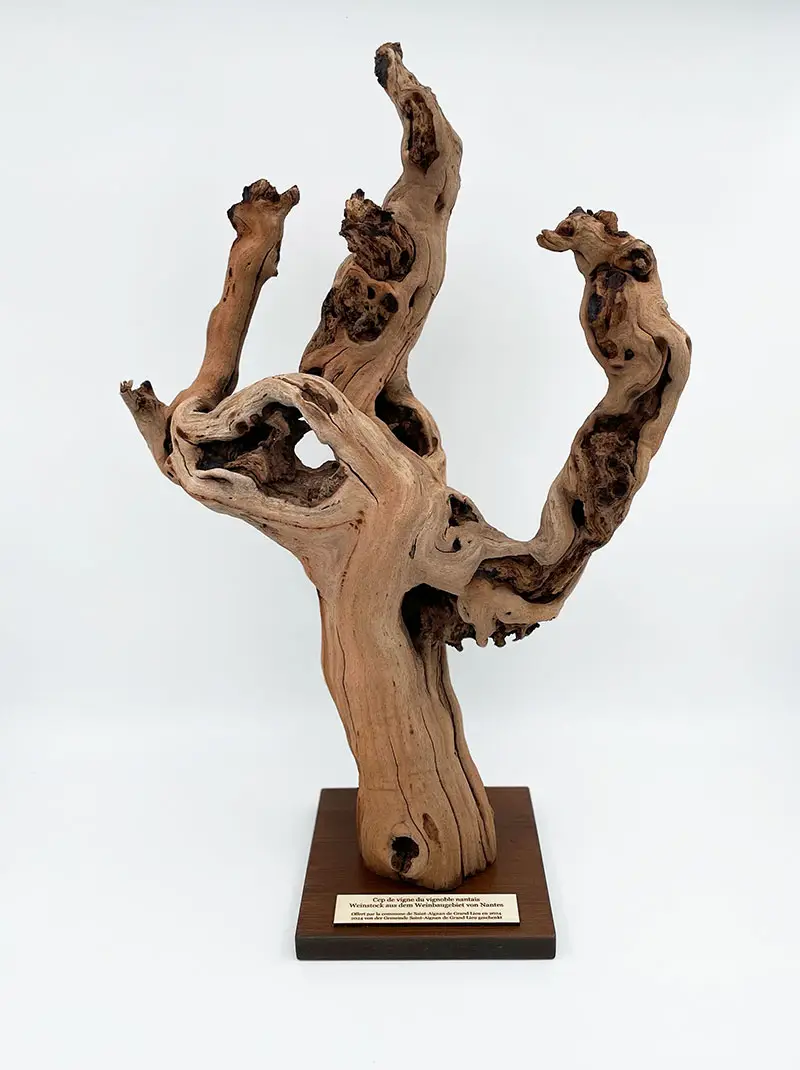
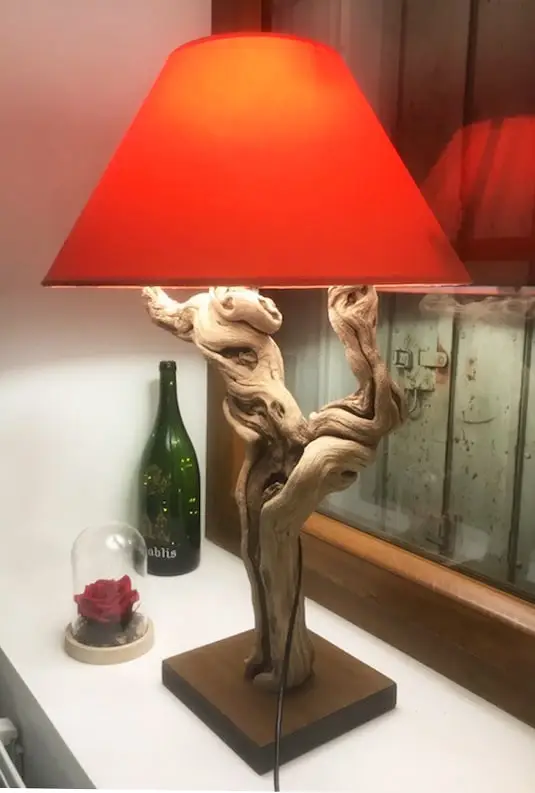
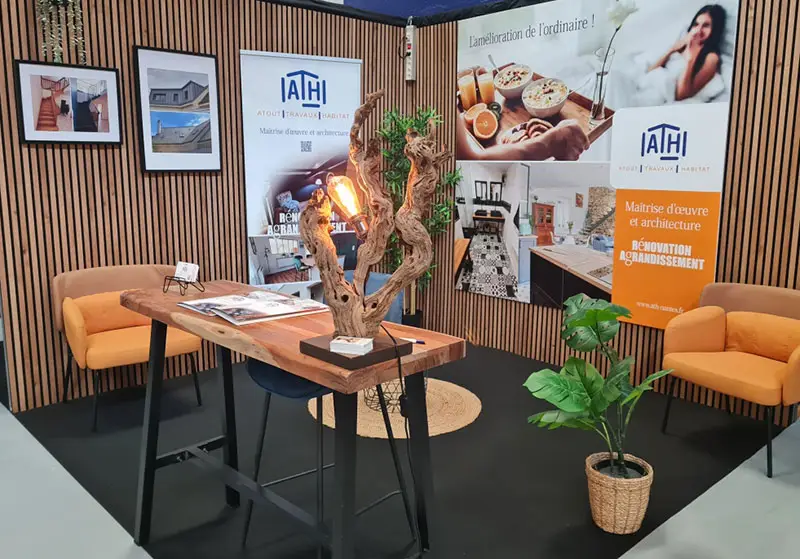
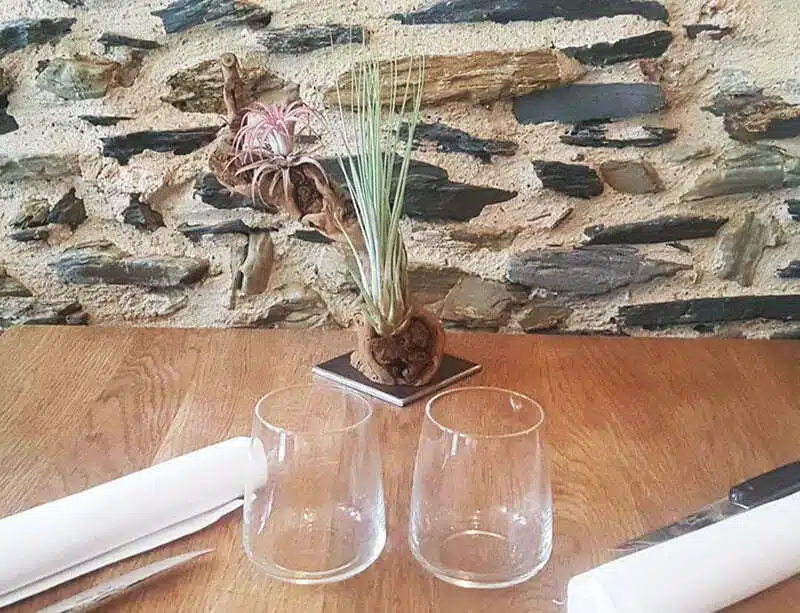
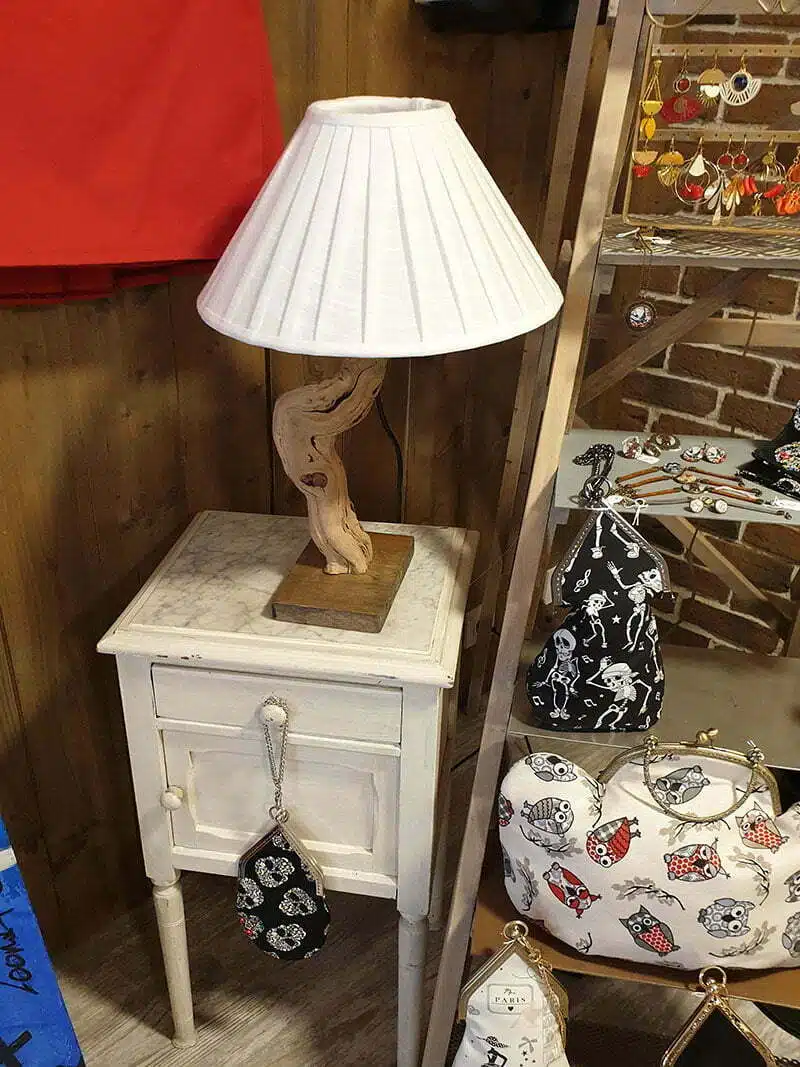
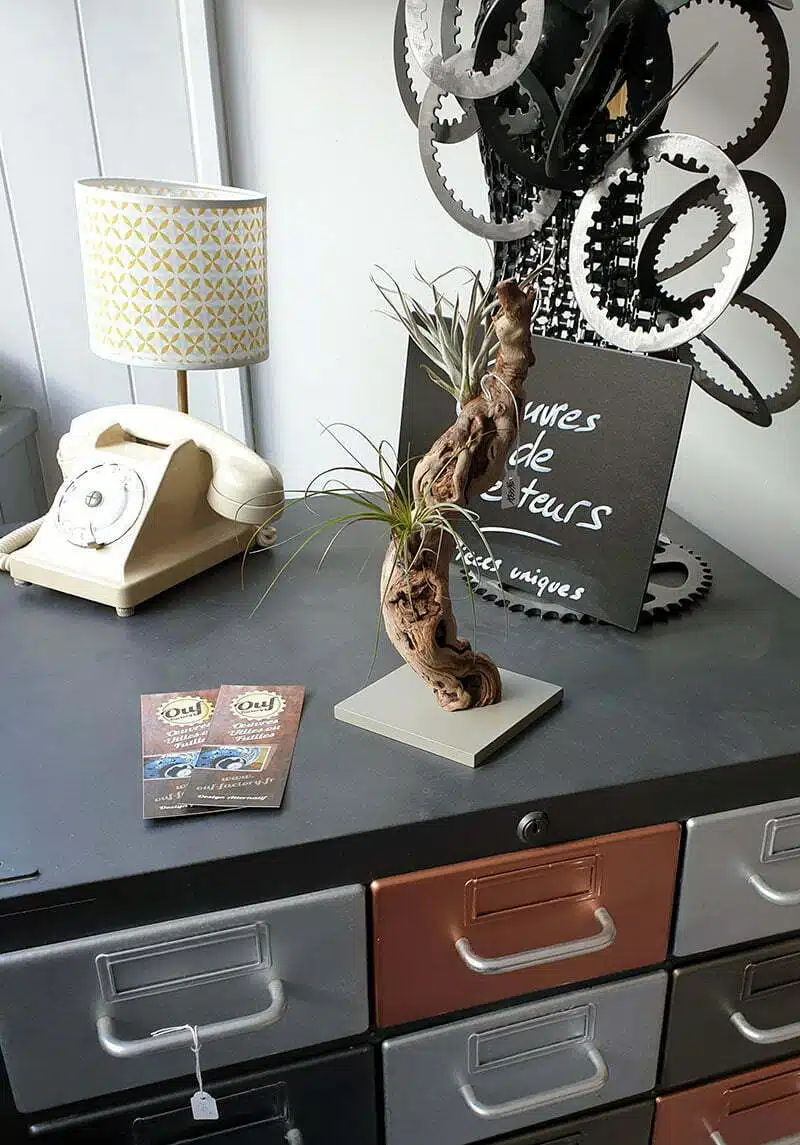
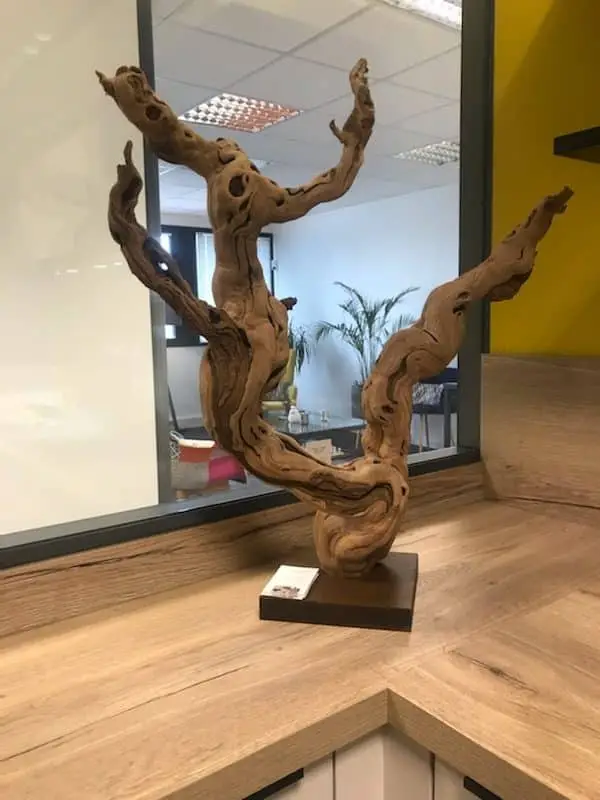

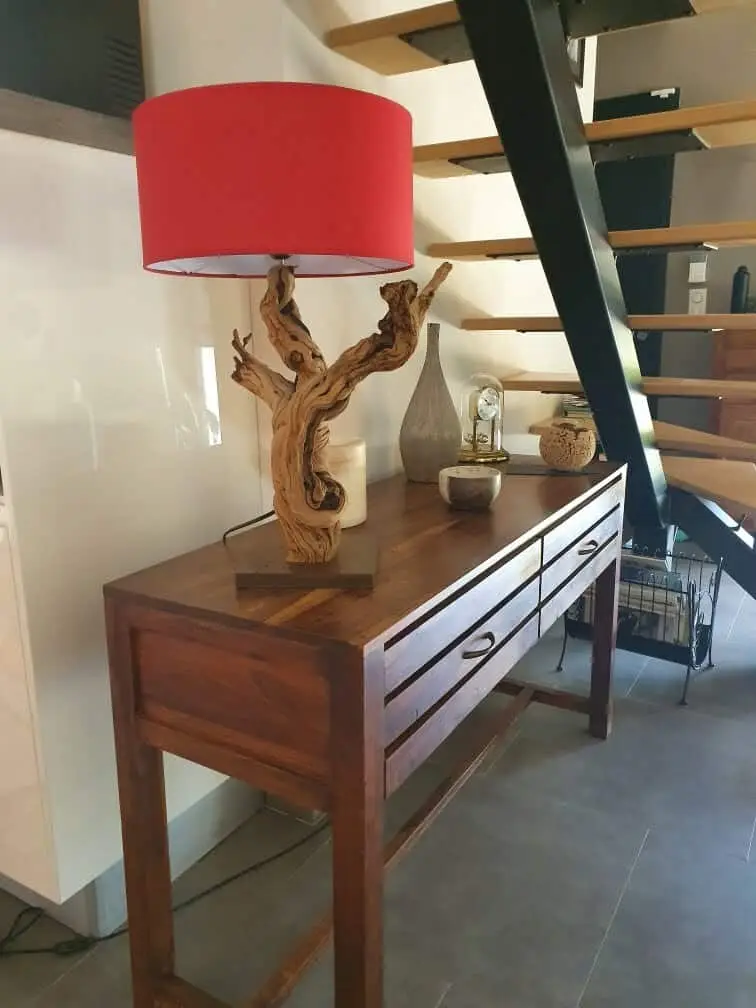
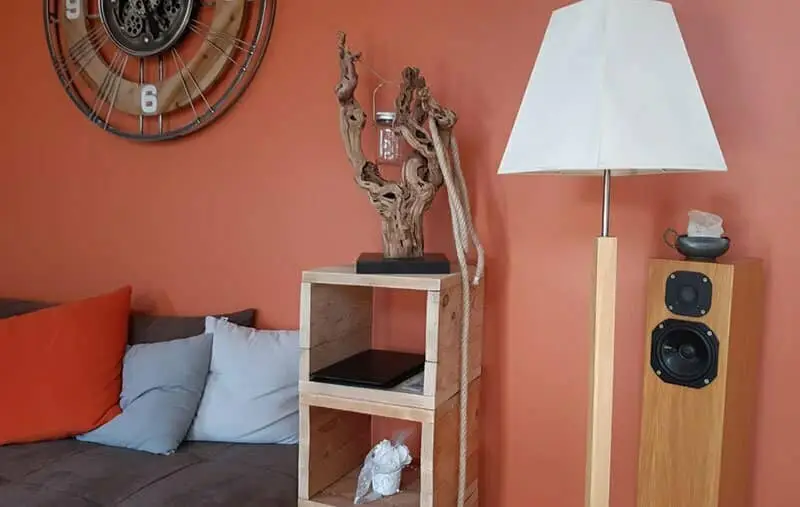

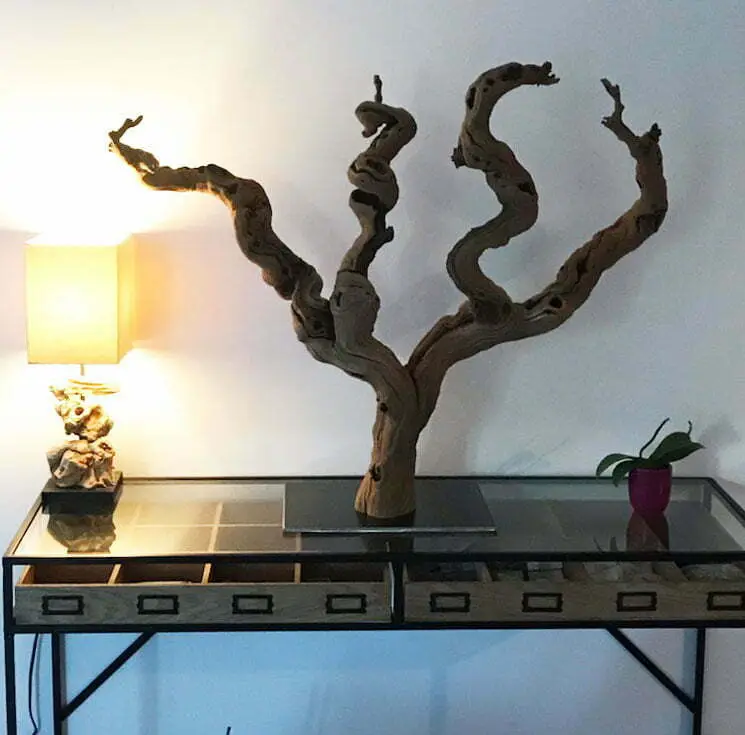

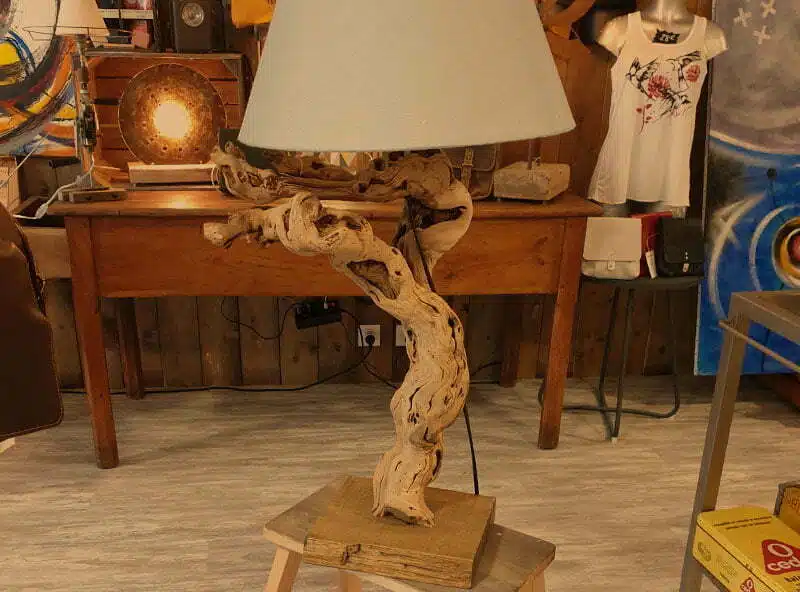
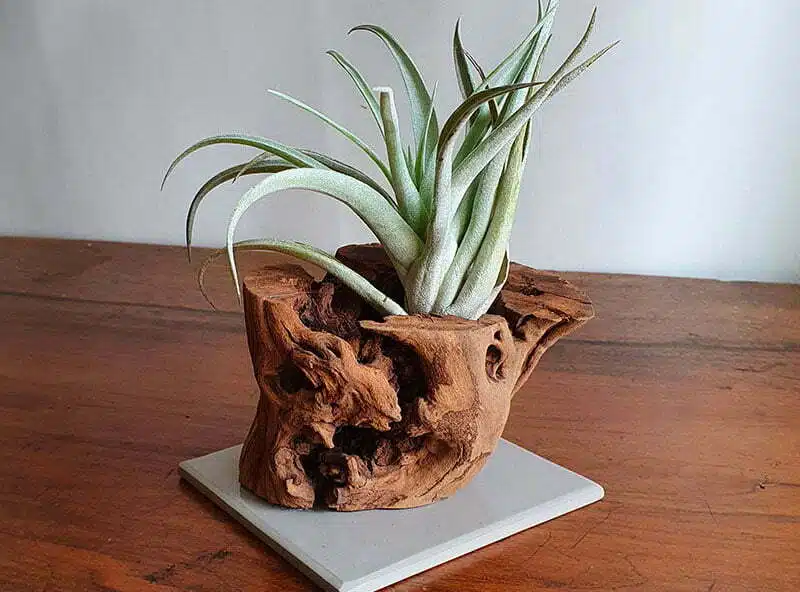
> Notre produit phare : tire bouchon sommelier